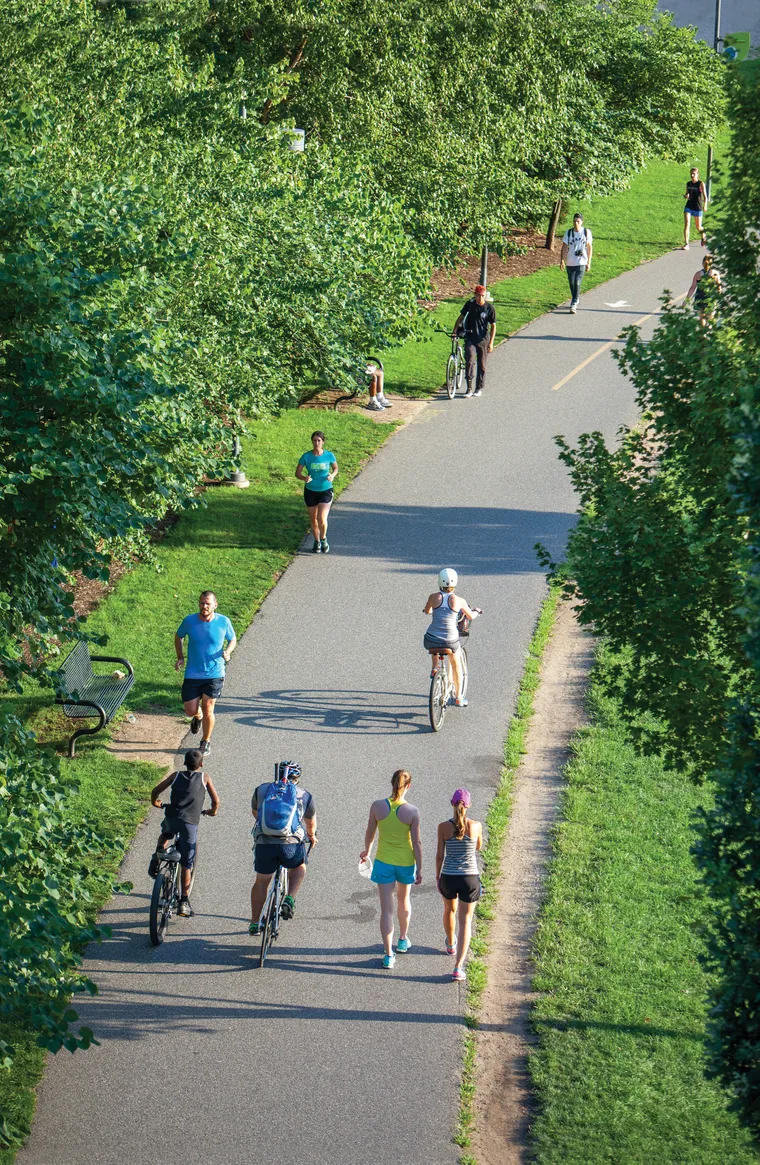How trails are essential to climate resilience
As climate change intensifies, communities around the globe face unprecedented environmental challenges, from rising temperatures and erratic weather patterns to the loss of biodiversity. In response, innovative approaches to enhance climate resilience are essential. Trails, typically seen as recreational amenities, can play a surprisingly critical role in building climate resilience. More than just pathways for walkers, hikers, cyclists, or equestrians, trails offer numerous environmental, social, and economic benefits that directly contribute to community preparedness and adaptation in the face of a changing climate. Specifically, trails support climate resilience in the following ways:
Promoting Active Transportation
One of the most direct ways that trails contribute to climate resilience is by promoting sustainable, non-motorized forms of active transportation. In some areas, trails offer alternatives to carbon-intensive modes of transportation, like automobiles. Transportation is one of the largest contributors to greenhouse-gas emissions globally, accounting for around 25% of global CO2 emissions. Expanding trail networks encourages active transportation, reducing reliance on fossil fuels and curbing emissions.


